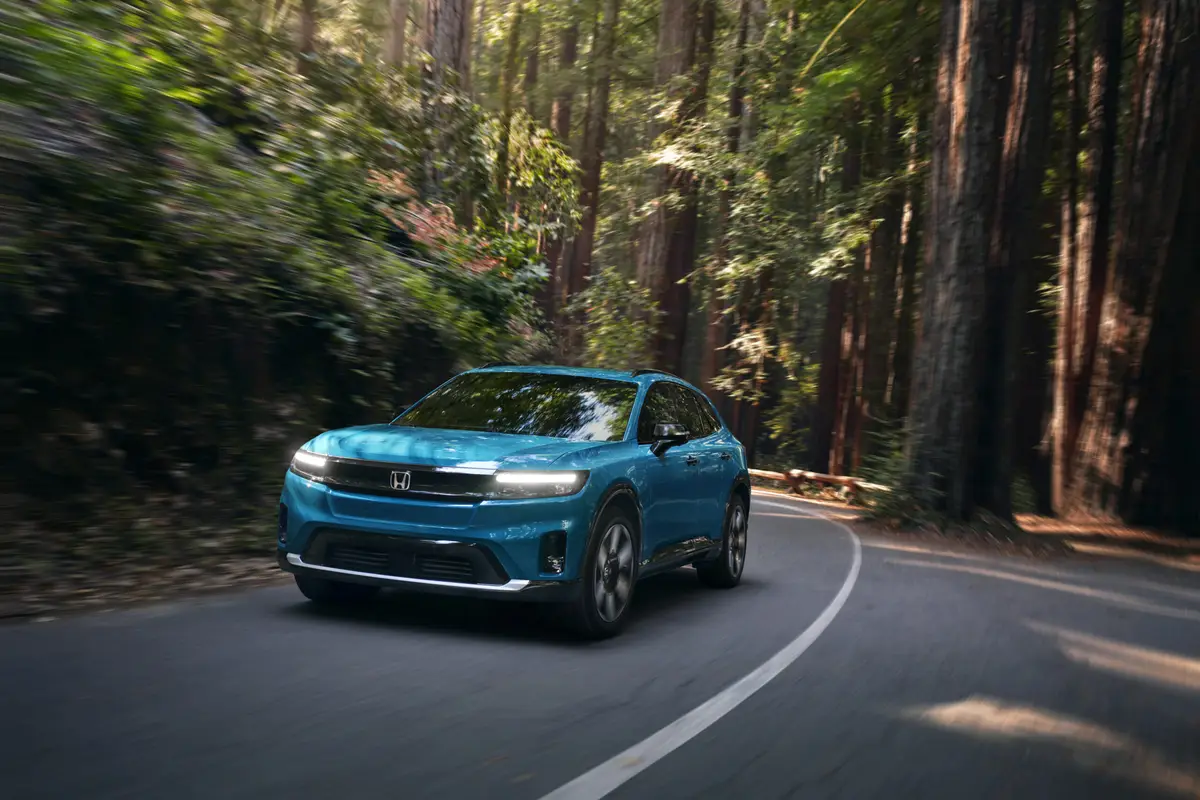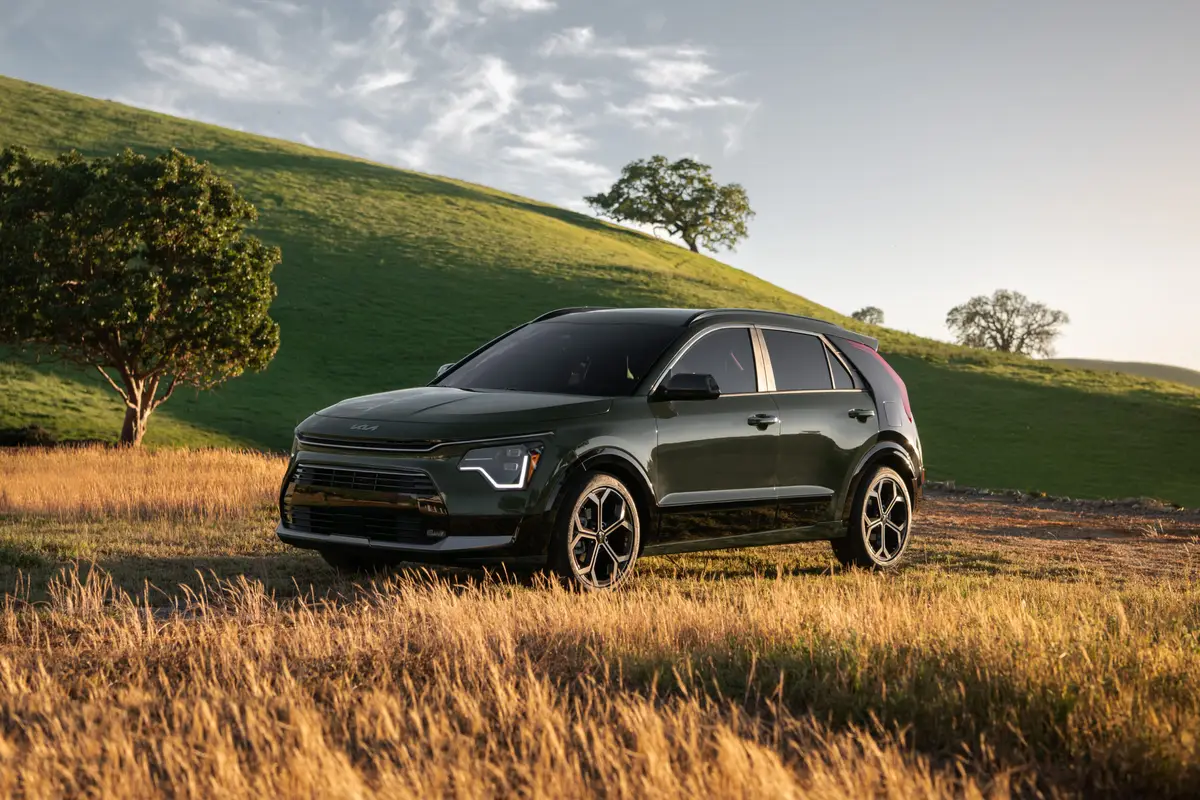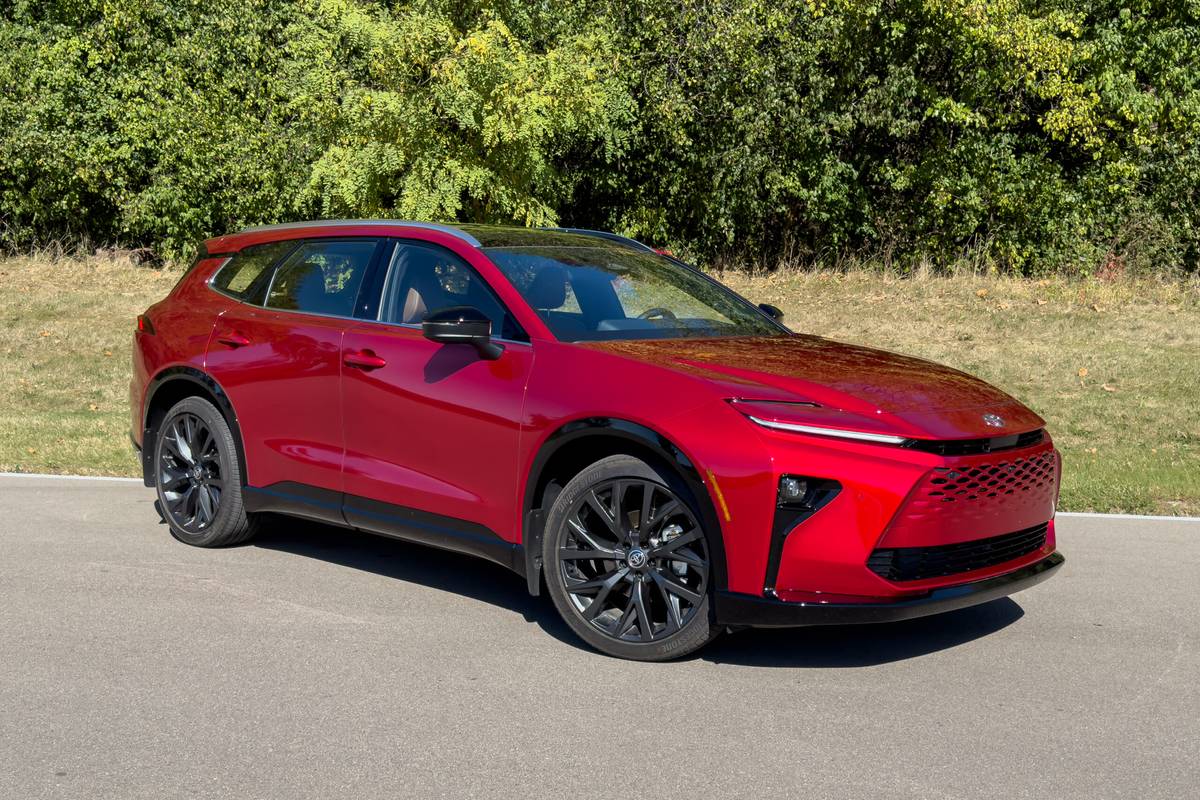washingtonpost.com's view
Buyers of mid-size Nissan Motor Co. cars can be forgiven for being confused. The company seems to be working overtime to eliminate distinctions between its vehicle lines. The once-ordinary Nissan Altima now looks and feels more like the upscale Nissan Maxima, which is practically indistinguishable from the 2002 Infiniti I35 sold by Nissan’s luxury group.
“Practically indistinguishable” means that when you strip away all of the cosmetic changes and gimmickry, such as the I35’s heated steering wheel, you end up with the same car. This is the case with the tested I35, which shares the body structure and drive train of the Maxima.
Nissan is not the only car company playing this game. It costs billions of dollars to develop new cars and trucks. Automakers are thus forced to produce as many “different” vehicles as possible using the same platform.
Some car companies have done a masterful job of platform sharing. The Audi TT coupe, for example, is a chopped-top Volkswagen Beetle on testosterone. The stunningly beautiful 2002 Ford Thunderbird convertible looks and feels different from the Jaguar S-Type sedan, which stands apart from the Lincoln LS, but all three Ford Motor Co. cars share the same underlying body structure.
The complaint here isn’t against platform sharing. It’s against sharing badly. There isn’t enough real difference between the new Infiniti I35 and the new Nissan Maxima GLE to make a difference.
That is disappointing. I made a similar criticism of the Maxima and the Infiniti I30, the I35’s predecessor. I didn’t expect to repeat that criticism this time. But, alas, the two cars remain twins, for all intents and purposes.
For example, the big news for both cars is that they get the same new engine, a 3.5-liter V-6 that develops 255 horsepower at 5,800 revolutions per minute. That’s 33 more horsepower than the 3-liter V-6 previously shared by the two cars, and it’s a heck of a lot of power for any mid-size automobile. But I wish Nissan had given that new engine exclusively to the I35.
There’s also the matter of ride and handling. The I35 has an advanced traction-control system, which automatically detects and reduces wheel spin. That system is not available on the Maxima. But more basic is that the two cars share the same underpinnings, including a rear-beam axle. That means they both tend to bump and wiggle their rear ends a bit in the corners on less-than-perfect roads.
If I’m going to bump and wiggle, even a little, I’d rather do it in the car that costs less.
Then there is the matter of aura. Here is where “jewelry,” such as vehicle logos, and other trinkets are called upon to impart the notion of “difference.” The I35 uses an exquisite analog, dashboard-mounted clock to help separate itself from the Maxima in this category. It also employs supple leather seats, wood-tone accents and a standard seven-speaker, 200-watt Bose premi um stereo system to rise above the Maxima.
But none of this is enough to put one car above the other.
Externally, the two cars are similar, with slight variations in the front grilles and rear ends. (The Maxima’s rear remains prettier.) The I35 has a richer interior. But the Maxima GLE, with its leather-wrapped steering wheel and leather seating surfaces, is no slum.
My joy in driving the Infiniti I35 nearly 1,000 miles came not from its road manners, technical execution or craftsmanship, though it was excellent in all three areas. My happiness came from knowing that the car was not mine, that I did not pay more for getting what I could’ve gotten for less in a Maxima
Latest news



